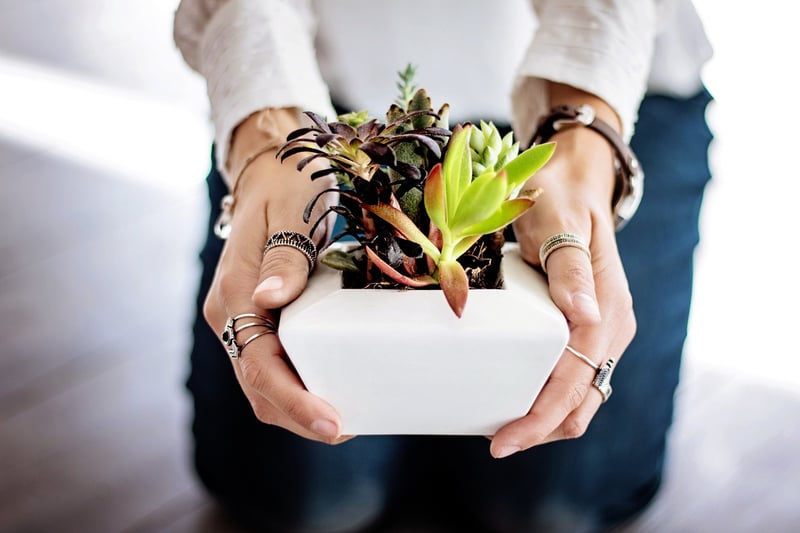Small Spaces
Optimizing Urban Areas for Plants in Small Spaces
Urban living often means limited space for greenery, but with some creativity and planning, you can still enjoy an abundance of plants even in small areas. Whether you have a balcony, a tiny patio, or just a few windowsills, there are ways to optimize urban spaces for plants.
1. Choose the Right Plants
Opt for plants that thrive in small spaces such as succulents, air plants, herbs, and small flowering plants like pansies or petunias. Consider the amount of sunlight your space receives and choose plants accordingly.
2. Vertical Gardening
Utilize vertical space by installing wall planters or hanging baskets. This not only saves floor space but also adds a visually appealing element to your urban oasis.

3. Container Gardening
Grow plants in containers to make the most of small areas. Use a variety of pots and containers to create a diverse and interesting garden. Make sure containers have drainage holes to prevent overwatering.
4. Indoor Plants
Bring the outdoors in by incorporating indoor plants into your living space. Plants like spider plants, pothos, and snake plants are low maintenance and can thrive in indoor environments with minimal sunlight.

5. Herb Garden
Create a mini herb garden on your windowsill or balcony. Herbs like basil, mint, and parsley are easy to grow and can add fresh flavors to your cooking.
6. Community Gardens
If you don't have space at home, consider joining a community garden in your neighborhood. It's a great way to connect with nature, meet like-minded individuals, and contribute to a greener urban environment.
Conclusion
With a bit of planning and creativity, even the smallest urban spaces can be transformed into lush green havens. By choosing the right plants, utilizing vertical and container gardening, incorporating indoor plants, and exploring community garden options, you can optimize urban areas for plants and enjoy the benefits of nature in your everyday life.
